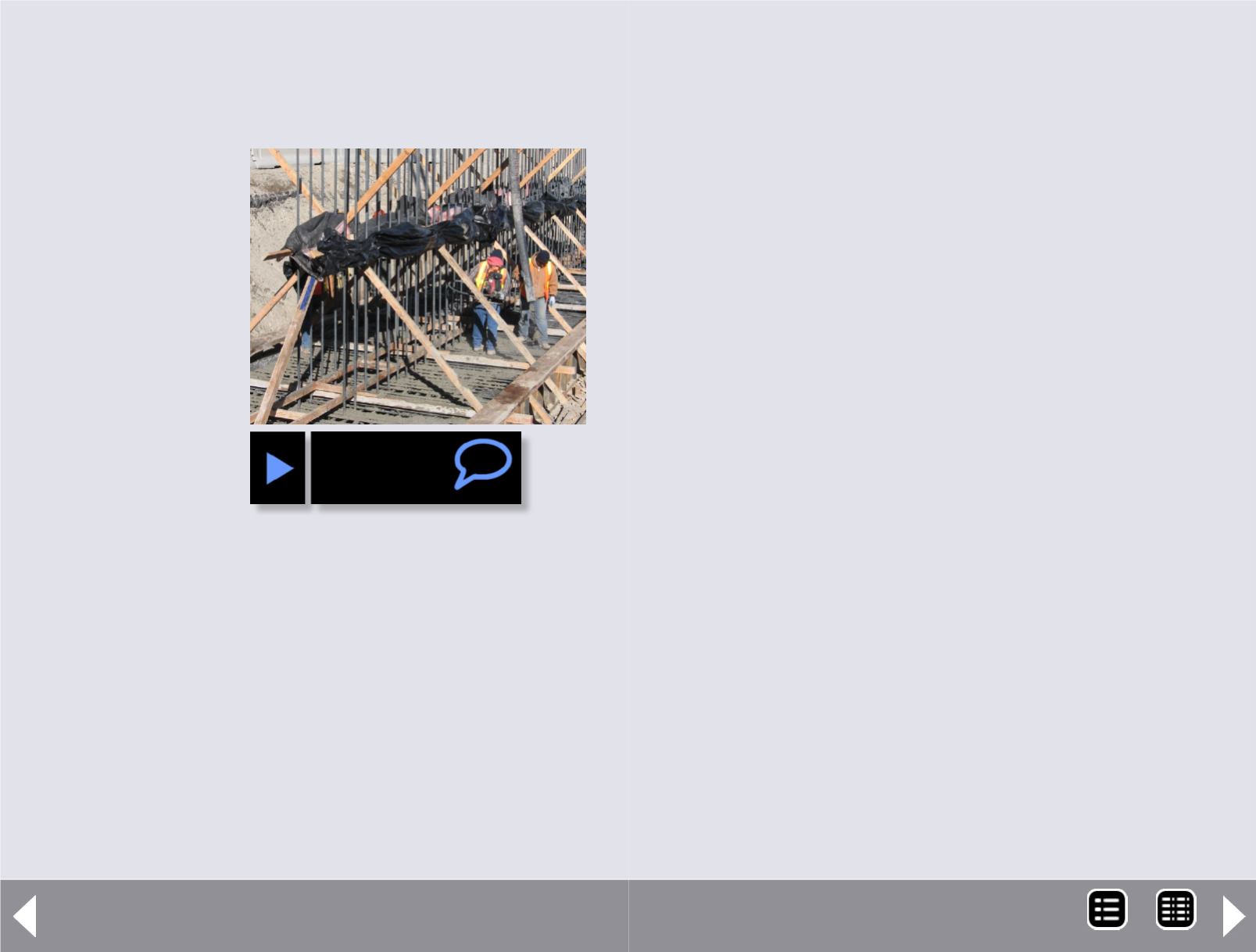
Reverse Running commentary
I
recall a story about
a group of kids
wanting to build a
club house: they started
with the walls, not the
foundation.
So what is the founda-
tion of a model railroad?
Some modelers don't
yet have space for any
layout, let alone their
dream layout. This is
where I believe a real
foundation can be laid:
research.
I began my layout research by asking:
What era of railroading do I like? What am I familiar with?
What area do I like? Eastern US, mountains, big cities, etc.?
What railroads do I like the best? If there is more than one road,
is there an area where they both operate?
What type of railroading do I like? Heavy mainline with unit
trains, industrial switching, or a backwoods branchline?
What type of model railroading do I like? Nut and bolts accurate,
completely freelance, or somewhere in-between?
After determining your likes, it’s time to begin the research. No
need to go overboard and spend the rest of your life doing research
Reverse Running: Stepping outside the box with a contrary view
by Don Hanley
Laying the foundation
(some do it as a profession). Do just enough to feel confident in
what you want model.
There’s also field work, aka railfanning. Have your camera, note-
pad, and tape measure handy.
I followed this procedure and then started building rolling stock,
locomotives, and small support structures. This is where I have
been in the hobby for almost a decade. Only now am I beginning to
build a layout.
This process led to several benefits:
I have confidence about the where, what, and when of my
modeling and layout.
I have improved my modeling skills along the way.
When the layout is ready for operating, the rolling stock and
some structures have already been built.
I don't feel overwhelmed needing to spend time on both build-
ing a fleet of equipment and the layout at the same time.
As portions of the layout are ready for scenery, I will be able to
spend more time adding details (my personal preference) than
just building the necessary structures to fill the planned space.
I can target my hobby spending on pieces of equipment that
only fall into the parameters I set for modeling.
It is important to write your plan. If you don't, you can find
yourself wandering from it. Find the sweet spot for yourself.
Once you have found it, you will have a passion for your hobby
that won't go away.
Sometimes you win, sometimes you learn something new, but
either way you are laying a solid foundation for your hobby.
MRH-Jan 2014


